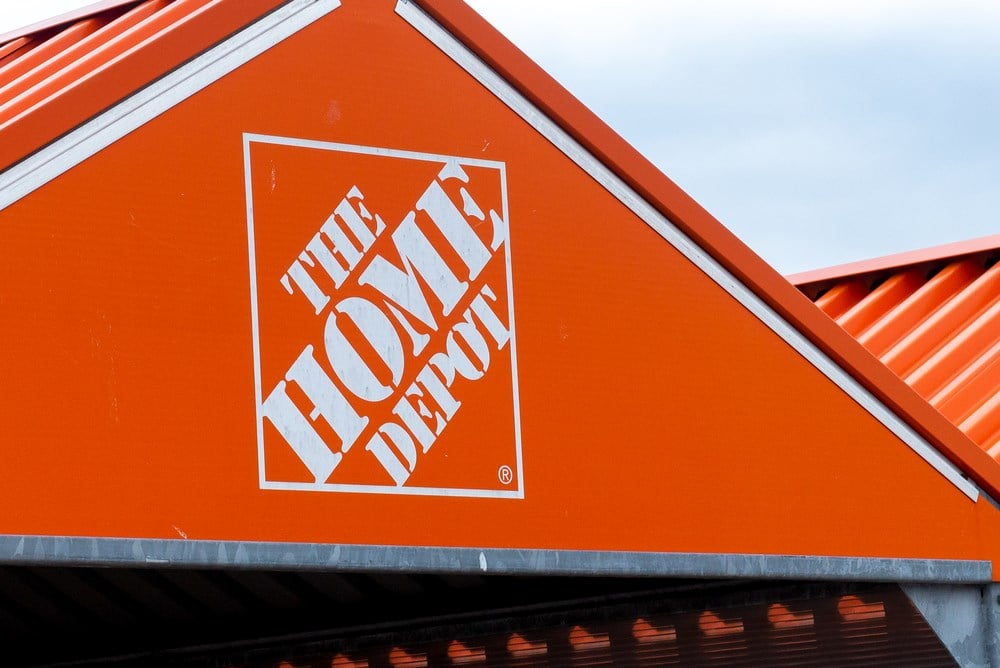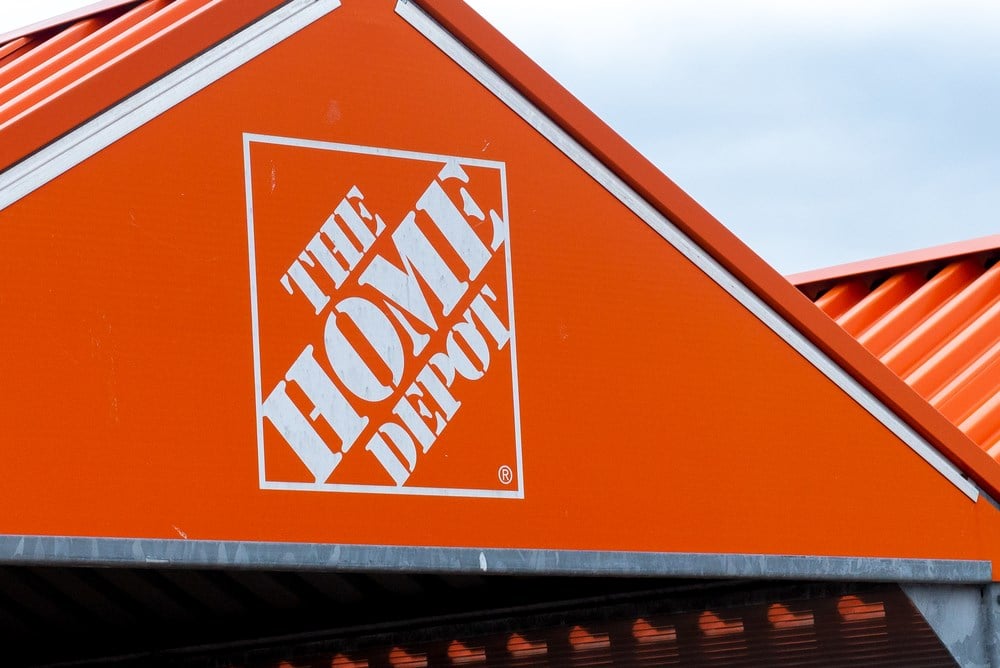
Home Depot (NYSE: HD), the retail giant synonymous with home improvement, recently revealed its fiscal third-quarter earnings, presenting a mixed narrative of resilience, caution, and market dynamics. Despite beating expectations, the company finds itself navigating challenges that have impacted sales. Home Depot reported fiscal third-quarter earnings and revenue that exceeded analyst expectations.
The home improvement retailer showcased its financial strength by outperforming projections, indicating a level of operational efficiency and adaptability in a fluctuating market. However, this positive development comes with a backdrop of declining sales, prompting the company to exercise caution in its full-year outlook.
Earnings beat: A bright spot amidst challenges
Home Depot’s quarterly sales saw a 3% decline from the year-ago period, a trend that has been persistent over recent quarters. Despite this, the company surpassed Wall Street’s expectations, showcasing an ability to weather challenges in the ever-changing retail landscape. However, the cautionary tone in Home Depot’s full-year guidance is evident, with anticipated sales falling by 3% to 4% compared to the prior year and a projected slide in earnings per share by 9% to 11%.
Market response: Share rally and normalizing trends
While Home Depot’s cautionary outlook might suggest a challenging road ahead, the market responded with a share rally of nearly 6% during midday trading. Investors seemed optimistic, buoyed by Home Depot’s statement that many trends have normalized after the upheaval following the COVID-19 pandemic. Factors such as stabilized prices, improved appliance availability, and a return to pre-pandemic promotion levels contributed to this positive market response.
Chief Financial Officer Richard McPhail provided insights into the company’s results, characterizing this year as a “period of moderation in home improvement.” The shift in consumer behavior was highlighted, with customers opting for more modest projects and repairs instead of extensive remodels. The downscaling of projects became a noticeable trend, reflecting a nuanced adjustment in response to changing economic and lifestyle factors.
Financial metrics and Wall Street expectations
Home Depot’s fiscal third-quarter performance, measured against Wall Street expectations, revealed a nuanced picture. The earnings per share of $3.81 exceeded the anticipated $3.76, while revenue of $37.71 billion slightly surpassed the expected $37.6 billion. Despite the decline from the year-ago period, Home Depot’s ability to outperform projections showcased its agility in adapting to market shifts.
Over the past year, Home Depot grappled with dual challenges, primarily stemming from elevated mortgage rates and high inflation. The impact of these factors manifested in a squeeze on potential homebuyers and a shift in consumer behavior, with customers pulling back on pricier projects and items. This shift, coupled with the broader economic landscape, contributed to the decline in sales and necessitated a cautious approach to the company’s outlook.
The housing market dynamics have played a significant role in shaping Home Depot’s sales landscape. While rising mortgage rates, high home values, and low supply have deterred some customers from undertaking new projects, others have chosen to enhance their existing homes. This balancing act poses a challenge for Home Depot as it navigates the uncertainty of how customers allocate their budgets between moving and improving their current residences.
Customer transactions, budget shifts, and financial health
Customer transactions fell to 399.8 million from 409.8 million in the year-ago period, indicating a shift in consumer engagement. CFO Richard McPhail noted a change in budget priorities, with experiences such as vacations and concerts gaining prominence over extensive home renovations. Despite these shifts, Home Depot emphasizes that its customers, particularly homeowning consumers, remain financially healthy, employed, and engaged in home improvement.
The impact of Home Depot’s financial performance is reflected in its stock performance, which has fallen nearly 9% this year, trailing behind the gains of the S&P 500. As the company grapples with market challenges, the trajectory of its stock performance becomes a focal point for investors. Home Depot’s ability to navigate uncertainties and leverage evolving trends will likely shape its future standing in the competitive retail landscape.
Home Depot’s fiscal third-quarter performance paints a complex picture of a company navigating challenges, seizing opportunities, and adapting to changing market dynamics. The resilience demonstrated through an earnings beat and the market’s positive response, coupled with a cautious outlook, underscores the intricate balancing act required in the home improvement retail sector.
As Home Depot moves forward, the company’s strategic decisions, adaptability to evolving consumer behavior, and proactive response to economic shifts will play pivotal roles. The evolving landscape of home improvement and retail demands a nuanced approach, and Home Depot’s ability to navigate this complexity will determine its trajectory in the coming months.




